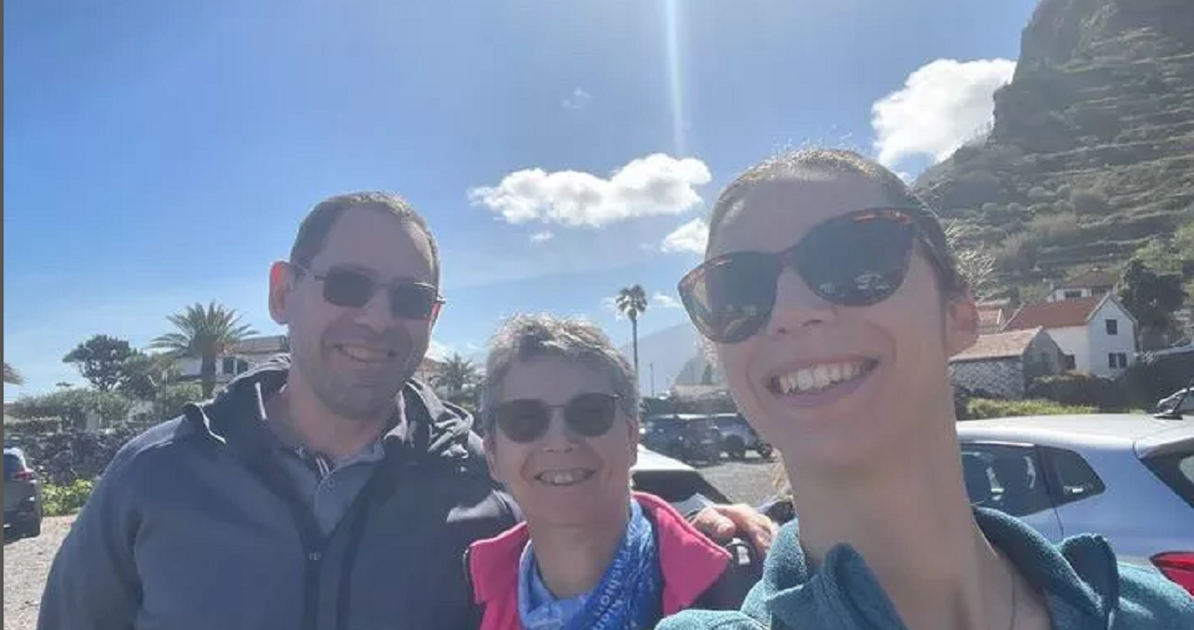Each photo contains a world of information and another of ignorance. What is seen in the photo is beautiful on all four sides with what is not seen and will never be seen. The visible is deceiving because it makes us forget what cannot be seen. You find a handful of photos lying on the street near a container or in the trinket drawer of a flea market and the people who appear in them are more unknown because their faces appear perfectly clear, untouched by the definitive melancholy of anonymity. In New York flea markets 15 or 20 years ago, there were many photos of very young soldiers in World War II uniforms, and of girls with broad smiles and curly hair who had sometimes written declarations of love on the back, with an elegant fountain pen cursive.In those markets there were also sometimes whole packages of front and profile photos of men booked by the police, stunned faces sometimes with broken noses and one swollen eye, loose ties on grubby shirt collars, cheeks darkened by beards behind the bad night in a cell. Each of those people had a full name, a life. Now they were just the image stopped in the blink of an eye, the specter of a lost existence, conjured by the firing of a camera and the chemical reaction of the development.Now they were just the image stopped in the blink of an eye, the specter of a lost existence, conjured by the firing of a camera and the chemical reaction of the development.Now they were just the image stopped in the blink of an eye, the specter of a lost existence, conjured by the firing of a camera and the chemical reaction of the development.
"A photo is a secret about a secret," wrote Diane Arbus, "the more it tells you the less you know." In 2009, while researching at the Holocaust Museum in Washington, historian Wendy Lower found a photo that alluded to a great open secret about which, however, there is very little visual documentation, the massacres of Jews carried out by the German Army in their advance through the Soviet Union, in the summer and fall of 1941. For a long time the legend was cultivated that the German military had kept out of the worst crimes of Nazism, carried out apparently by fanatics of the SS. We now know that the regular Army participated with enthusiasm and efficiency in the extermination of the Jewish populations of Eastern Europe and the USSR,and that the cruelty of the professional military towards the “inferior races”, including Slavs, was identical to that of the slaughterers in black uniforms and skulls on their plate caps.
Germany was a country with a great fondness for photography.
In the offensive to the East, officers and soldiers wore cameras around their necks.
The most popular brands were advertised full-page in Army magazines, prompting those heroes to preserve the graphic memory of their exploits.
But very soon, as the atrocities raged, the high command prohibited taking photos, although some of the most terrible ones survived because their protagonists sent them as souvenirs to their families.
The image that sums up the 'Holocaust of bullets'
The photo that Wendy Lower found had been hidden until the fall of the Berlin Wall in a file of the Czechoslovak secret police. What makes it exceptional is that it shows a carnage as it is happening. Some men in uniform have just shot very closely at a woman who collapses on the edge of a ravine, dragging a barefoot child with her by the hand. The smoke from the gunpowder blurs part of the scene. Looking closely, it is seen that there are two types of uniforms: heavy capes and caps like the Soviet Army, warriors and German plate caps. There is also a man in civilian clothes who observes the scene, limited back by the trees of a forest.
For 10 years Wendy Lower investigated archives, located witnesses, participated in archaeological excavations wanting to find out as much as possible about the photograph, what is seen in it and what is not, what happened before, what came after, the exact date of the massacre, the place where it happened. He has told it in a dense and passionate book of less than 300 pages,
The Ravine
.
Guillermo Altares, who is always very alert to these matters, gave the news of the publication of the book in these pages.
The title alludes to the ravine where that woman and that child are falling, and in which many corpses are already piled up, and also badly wounded people who stir among themselves, and who from one moment to another will receive a coup de grace or will perish suffocated the weight of the other bodies and the shovels of earth that the executioners will have thrown at them.
As an upright and scrupulous investigating judge, the investigator identifies the two German uniformed men, customs officials who never paid for their crimes
In the photo, as soon as you see it, everything is general and anonymous: executioners and victims, a blurry black and white massacre. Little by little, like an upright and scrupulous investigating judge, the investigator, who immediately clarified the day of the execution, Monday, October 13, 1941, and the precise place, the outskirts of the small Ukrainian city of Miropol, identifies the two uniformed Germans, who are not military, but customs officials, and who never came to pay for their crimes; and then he finds the trail of a teenage girl who was also left for dead and thrown into the same grave, but managed to escape and lived until 2015. He also finds out the names of the Ukrainian policemen, bloodthirsty lackeys of the German occupiers, and follows the trail of their future lives. And even discover the identity of the photographer,a courageous Slovak soldier who soon after joined the Resistance, and who risked his life to save the evidence of the horror he had witnessed. An old woman who lives in a suburb on the outskirts of Detroit tells him about her already very faint memories as a child and gives her a photo in which, just a few months before, the woman in the polka dot dress and the child falling from her hand to the ravine.
The search leads from one secret to another, until it collides with the limit of what cannot be known, the immense void of the dead and the disappeared without a trace.
Each new discovery points to another enigma.
Sheltered between the legs of the falling woman, Wendy Lower is sure to see the head of another child.
In a more blurred image that the photographer took of the bodies piled up in the ravine, that polka dot dress can be seen.
At the edge, in the foreground, are men's boots, and next to it a folded jacket.
You will never know who they belonged to.
'
The Ravine: A Family, a Photograph, a Holocaust Massacre Revealed
'.
Wendy Lower.
Houghton Mifflin Harcourt, 2021. 272 pages.
26 euros.
You can follow BABELIA on
and
, or sign up here to receive
our weekly newsletter
.















